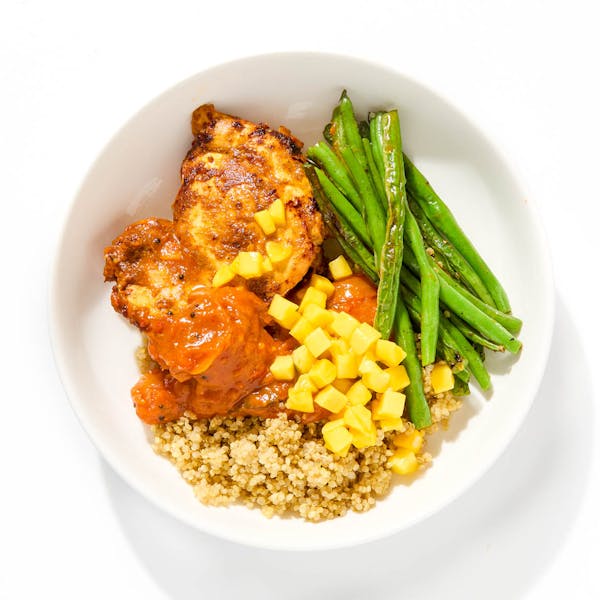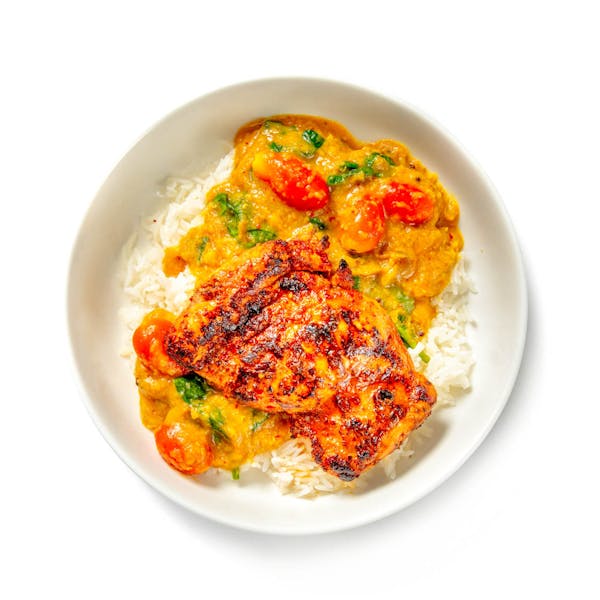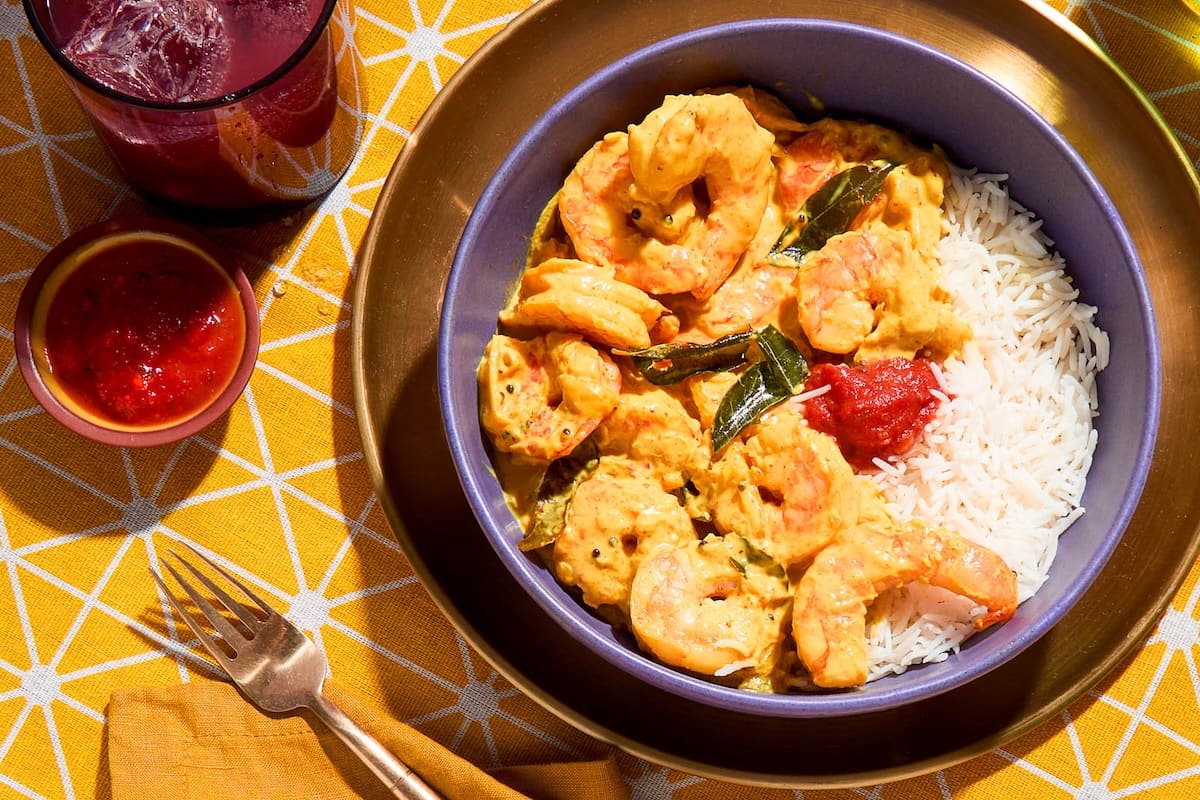Essential Indian Cuisine Classics Everyone Should Try


Meena Sreenivas

Aarthi Sampath
.jpg?height=600&width=600&fit=crop&format=webp&cs=tinysrgb&lossless=true)
Aarthi Sampath

Lena Elkousy

Aarthi Sampath

Aarthi Sampath

Andres Mendez

Aarthi Sampath

Larry and Marc Forgione
Related Articles

Renowned chef and TV personality Aarthi Sampath scales from CookUnity to her first restaurant ever
CookUnity announces chef Aarthi Sampath will open her first NYC restaurant in 2026, powered by 315% order growth and nationwide demand for her Indian dishes.

CookUnity |
Recipe created on: 10/27/2025

CookUnity reveals its most popular Indian dishes in America ahead of Diwali celebrations
Indian cuisine orders on CookUnity rose 40% in 2025, with a 53% spike during Diwali week. Discover the most popular Indian dishes across the U.S.

CookUnity |
Recipe created on: 10/20/2025

10 authentic Filipino recipes that bring Manila flavors to your table
Filipino recipes for adobo, sinigang, pancit, and more—plus cooking tips, cultural insights, and ingredient swaps for authentic home-style meals.

Sam Oriach |
Recipe created on: 10/19/2025